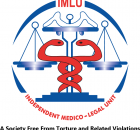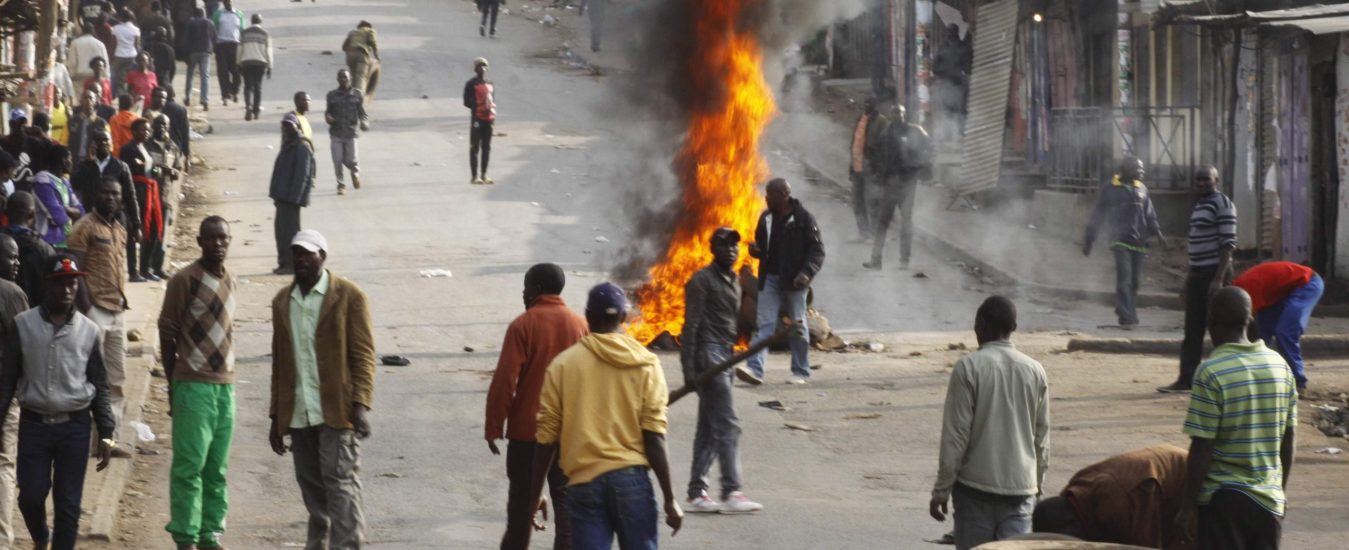By Jackie Kwanusu
With less than 66 days ahead of the August 9th 2022 polls and the official campaigns having begun, reports continue to trickle down the IMLU elections hub in real time from our various monitors as deployed across the counties that we work in, we have been getting reports of an apprehensive majority as the polls draw near and nearer, the Kenyan Wanjiku is already a scared lot of the expected outcome of the elections.
Having experienced post-election violence in 2007 that led to the truce between the Kibaki-led group and his then opponent Odinga, this election has continued to serve as a blueprint of how a nation embedded in peace, love, and unity can turn against one another at a click of a button. With that at the back of its mind, NCIC has continued to use the 2007/2008 PEV as a blueprint to work closely with security agents to be able to mitigate and avert electoral violence.
As we head to the elections, there have been incidences where politicians have spoken words that seem to incite the crowds which if not monitored closely could foster ethnic animosity amongst neighbors who for years before an election are always peaceful and co-existing. Social media has also continued to play a big role in spreading propaganda, hate speech, and violence. With social media being used by politicians to advance their cause as they seek re-election for the seasoned politician or election for the newbies, hashtags have been the new phenomenon that continues to excite many peoples’ reactions, they have been used to either propagate for or against a certain aspirant depending on whose side of the political divide that you sit on. With the new trend of pushing hashtags, it’s imperative to note that, the hashtags have continued to divide the considered elite or learned population that is always online whereas arguments point out that these keyboard warriors are often paid to push an agenda despite most of them not being voters.
The National Cohesion and Integration Commission launched its inaugural conflict hotspot mapping report recently where violence-prone hotspot counties were divided into four with regards the risk volatility categories for the 47Counties, 6 counties were identified as High risk, 10 counties as medium-high risk, 23 counties as medium low risk and 8 counties were low risk. This mapping is part of the commission’s mission to ensure a peaceful election.
The high and medium high-risk counties are concentrated in the Rift Valley and Nyanza regions of Kenya while others are in Nairobi and Mombasa, these regions are all inclined to the Ruto-led Kenya Kwanza and Raila’s Azimio and hence more volatile since these are the two main presidential candidates.
IMLU’s elections hub continues to monitor, document, and report to human rights compliant public order management, police conduct, and use of force, including responding to sexual and gender-based violence in 20 counties as well as media monitoring.
The organization’s resolve towards advocating for a society free from torture and related violence remains undeterred during this electioneering period and urges the NPS to ensure that it sticks to its obligation to ensure that a safe conducive environment is guaranteed compared to what we have previously witnessed in previous elections.

